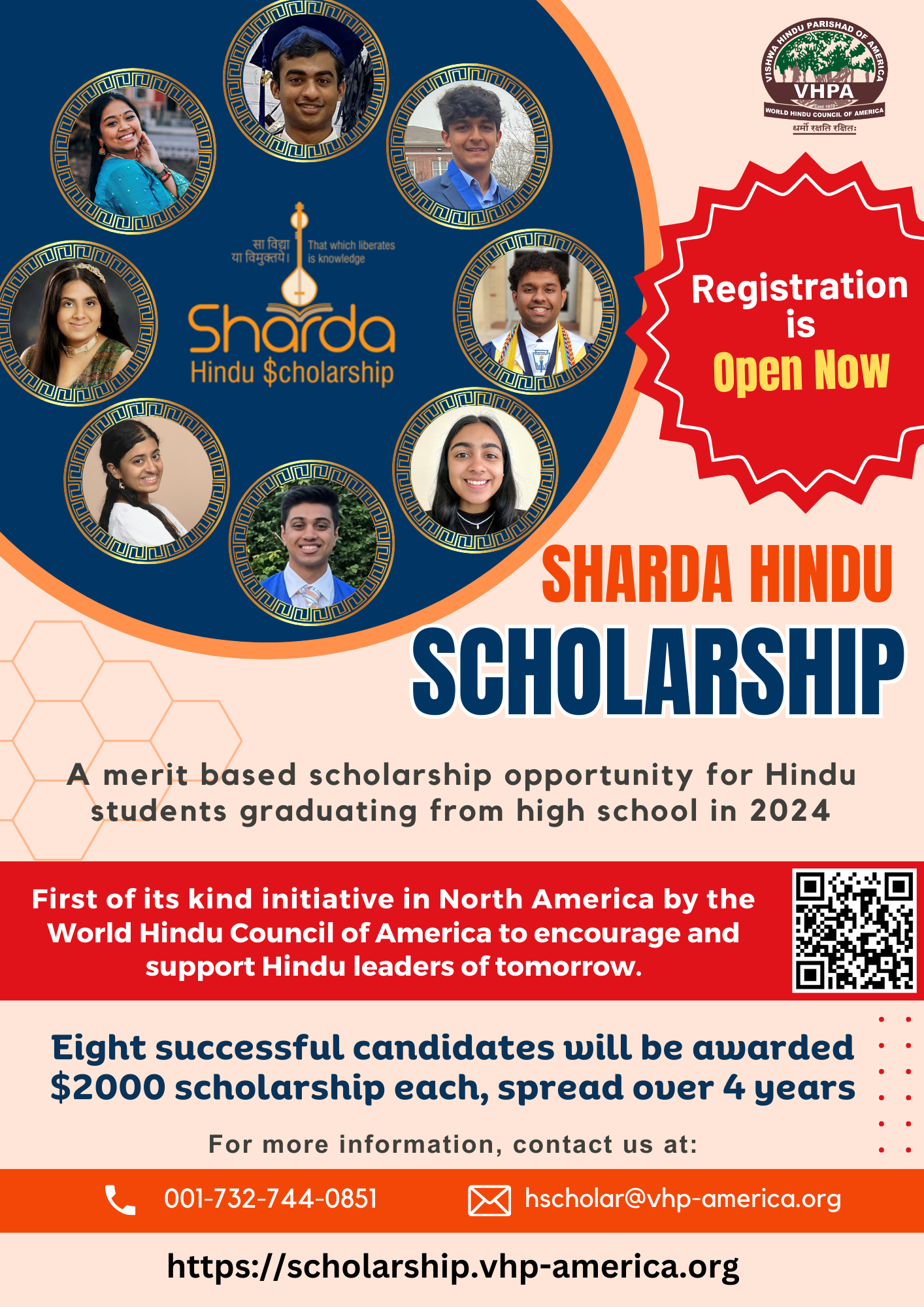In the vast panorama of human existence, one theme remains ubiquitous and consistent: the narrative we build around ourselves. This narrative dictates the way we perceive events, the way we react, and ultimately, the lives we live. Too often, individuals find themselves trapped in their circumscribed view. There lies the danger: when our narratives dominate, it becomes challenging to see life as it truly is.
Here’s my humble attempt to debunk the narratives that overshadow the Pran Pratishta (consecration) of Ram Mandir and presenting it with a barefaced, unambiguous light that illuminates and enlightens.
I facetiously announce to my 21-year-old on the spectrum while she unsuccessfully tries to put away her plates in the dishwasher after dinner, ‘it looks like I have given birth to a curious case of Benjamin Button.’
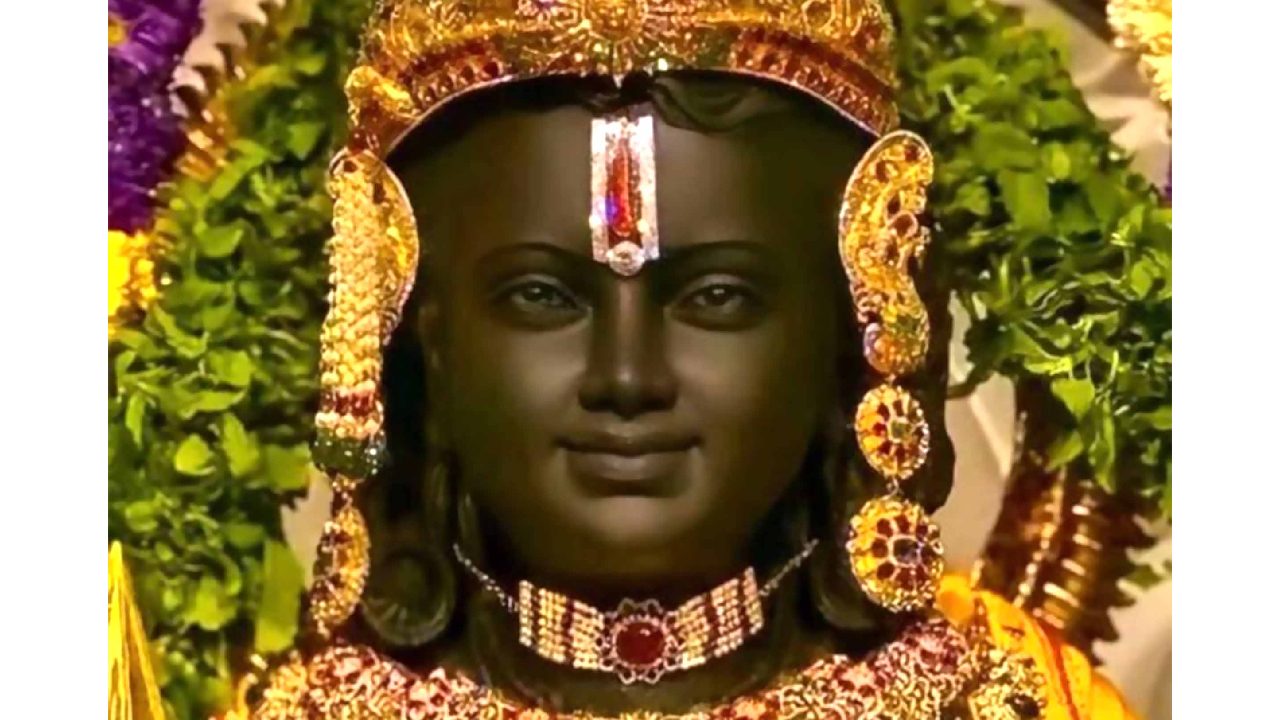
Her stoic brow that I have come to understand over the years is not a laxity for remarks made on her but a beseech to break down all the curvy letters in a straight font.
I give her the gist of the 2008 film where Cate Blanchett plays a role of a mother who gives birth to a baby whose ailments are of an eighty-four-year-old. The baby grows to be a young man played by Brad Pitt, and instead of growing older, grows younger and younger until he is a newborn baby.
Drawing out a deep breath, I summarize the story saying, ‘you’re very much like Brad Pitt, as you were born underweight, wrinkly, with a concave belly. You had scared everyone in the room at that time, enough to cause the four doctors present in the room worry for your survival. (Recollecting this occurrence seems like a past life). With vehemence to fight the odds and with God’s grace, I breathed life into you. Cut to today, my life, like the earth revolves around your sun. I care for you as I would attend to elderly. Leaving you or going on a trip are liberties that I enjoy vicariously– scrolling through what others post on their social media pages.’
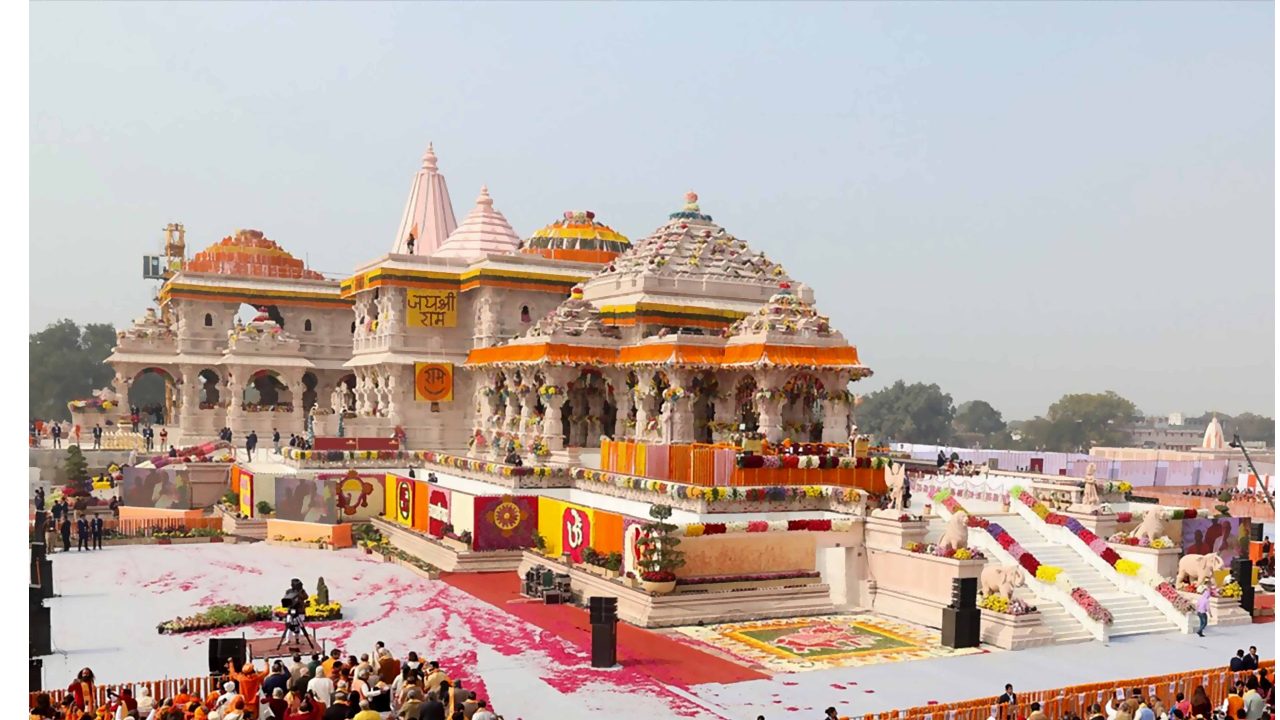
However, life always follows Newton’s third law and loves to throw curve balls. In 2021, I did what I had never done and took off solo for my hometown after my mother passed away during COVID. Since her passing, trips that were usually once in a couple of years are now every year. And although I don’t get quantitative time to spend with my father because of onus here, I make a point to spend qualitative time with him.
August 2024, against all odds, was planned as a ‘Hum Saath Saath Hain’ style Tirth Yatra trip along with the extended family. Starting with Ram Lalla darshan at Ayodhya and completing the three-point triangle Yatra of Varanasi and Prayag. My maternal family was skeptical for travel during August since the month is riddled by extreme heat or heavy rains enough to dampen the itinerary planned through some posh travel agents in the country.
‘Man proposes and God disposes’ is an apt analogy when on June 5th I received news that my father suffered a hemiplegic attack. My focus shifted to keeping tabs on his slow recovery and tonic movements of his extremities. Dismayed but resolved, I sat down to write about my made and then un-made trip to Ayodhya. With fieriness I had noted all the fervor on the news during the Pran Pratishta of the temple. The opening was a mega affair attended by a galaxy of stars, invocations, and festivities.
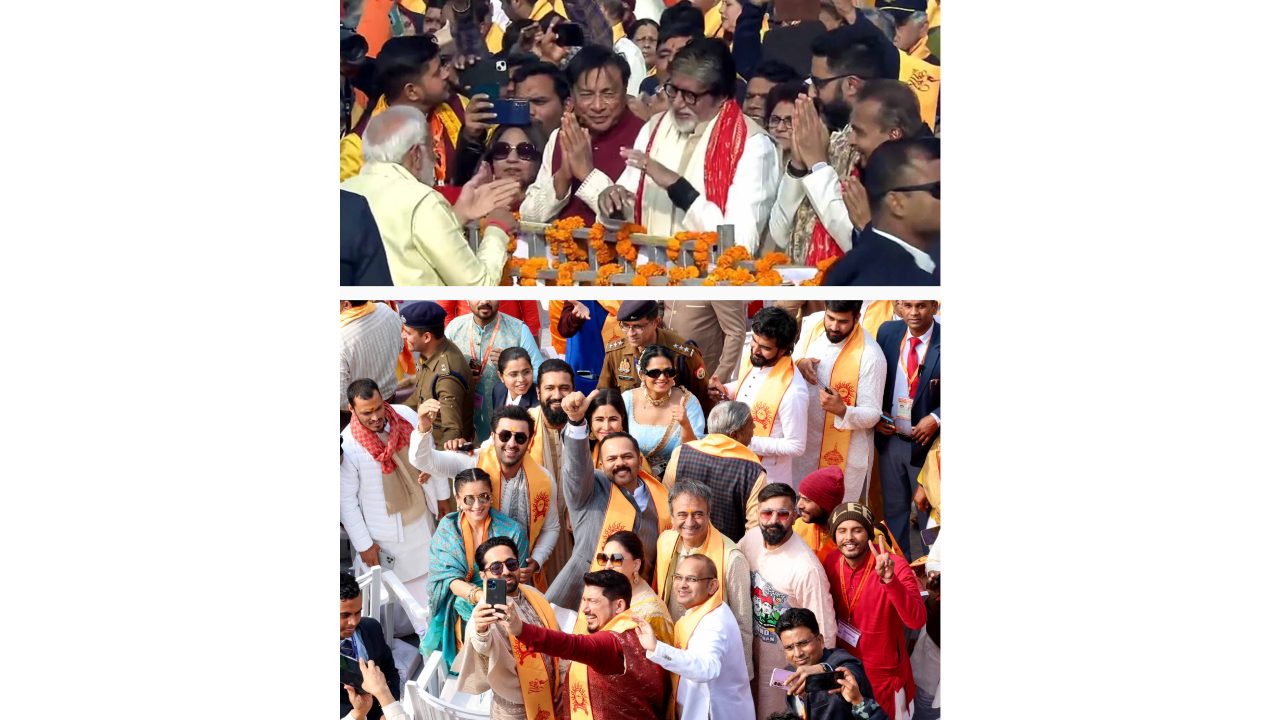
The temple is built on a 2.67-acre site inside a 70-acre complex, but that is only the first phase. The completion of the second phase’s construction is estimated to be around December 2025. The humongous project is estimated to cost around 1500 crores and will be entirely funded by donations within the country.
The temple in Ayodhya is a grand affair and was celebrated by millions around the globe on Jan 22nd, 2024. The Pran Pratishta of Ram Lalla’s Murti began with ‘Mangal Dhwani’, for which more than 50 different musical instruments were played together for two hours. These included pakhawaj, flute, and dholak of Uttar Pradesh, veena of Karnataka, sundari of Maharashtra, algoza of Punjab, mardal of Odisha, santoor of Madhya Pradesh, pung of Manipur, nagada and kali of Assam, tambura of Chhattisgarh, pakhawaj of Bihar, shehnai of Delhi, ravanahatha of Rajasthan, srikhol and sarod of Bengal, ghatam of Andhra Pradesh, sitar of Jharkhand, santar of Gujarat, nagaswaram, tavil, mridang and hudka of Uttarakhand. A world record was created by collective blowing of 1,111 conch shells. Over 35,000 artists performed in the religious gatherings in Ayodhya and other places in Uttar Pradesh from Makar Sankranti to Holi. About 500 artists performed every day, Beyond the cultural performances, Ayodhya hosted a series of events after the Pran Pratishta ceremony, promising an unforgettable experience for attendees. Highlights included Ramleela by Shri Ram Bharti Kala Kendra, Sarayu Aarti at Ram Ki Paidi, a projection show, a laser show, and an eco-friendly fireworks display. Each day approximately 80,000 people come to Ayodhya for darshan. The temple has accommodations for visitors to sit on benches as they queue in line. The temple is made senior friendly with wheelchair provisions throughout the temple corridors.

The old Ram Lalla Murti that was excavated reportedly appeared inside the Babri structure on the night of December 22, 1949, and had intensified religious sentiments leading to a legal battle that went on for decades. The old Murti from the makeshift tent is now established opposite the new Ram Lalla Murti.
The new Murti is sculpted by Mysuru based 38-year-old artist Arun Yogiraj and was placed in the sanctum sanctorum of the temple during the grand Prana Pratistha ceremony at Ayodhya. The 200 kg and 5 ft tall Murti is carved from 2.5-billion-year-old granite, tested and certified by NIRM facility at Bengaluru, and holds a golden bow and an arrow. The Krishna Shila stone is highly durable, resistant to climate change and requires minimum maintenance at least for the next 1000 years.
Beyond portraying Lord Rama, the Ram Lalla Murti also showcases all ten avatars of Lord Vishnu. These incarnations include Matsya(fish), Kurma(tortoise), Varaha(boar), Narsimha(man-loon), Vamana(dwarf), Parashurama(warrior), Rama(prince), Krishna(cowherd), Buddha(enlightened), and Kalki(yet to incarnate).
Despite the controversies concocted around the world surrounding the establishment of the temple, the Ram Lalla Murti continues to serve as a unifying force, transcending religious and cultural divides.
For me and my un-made trip to Ayodhya, the Ram Lalla Murti is nothing short of a testament – to enduring values of tolerance, compassion, and coexistence – Vasudhaiva Kutumbakam that I continue to parade through my trying times and are the bedrock of Indian society. These values are our legacy and are as old as the first human walking the earth. And we all strive to pass them on to our next generation.
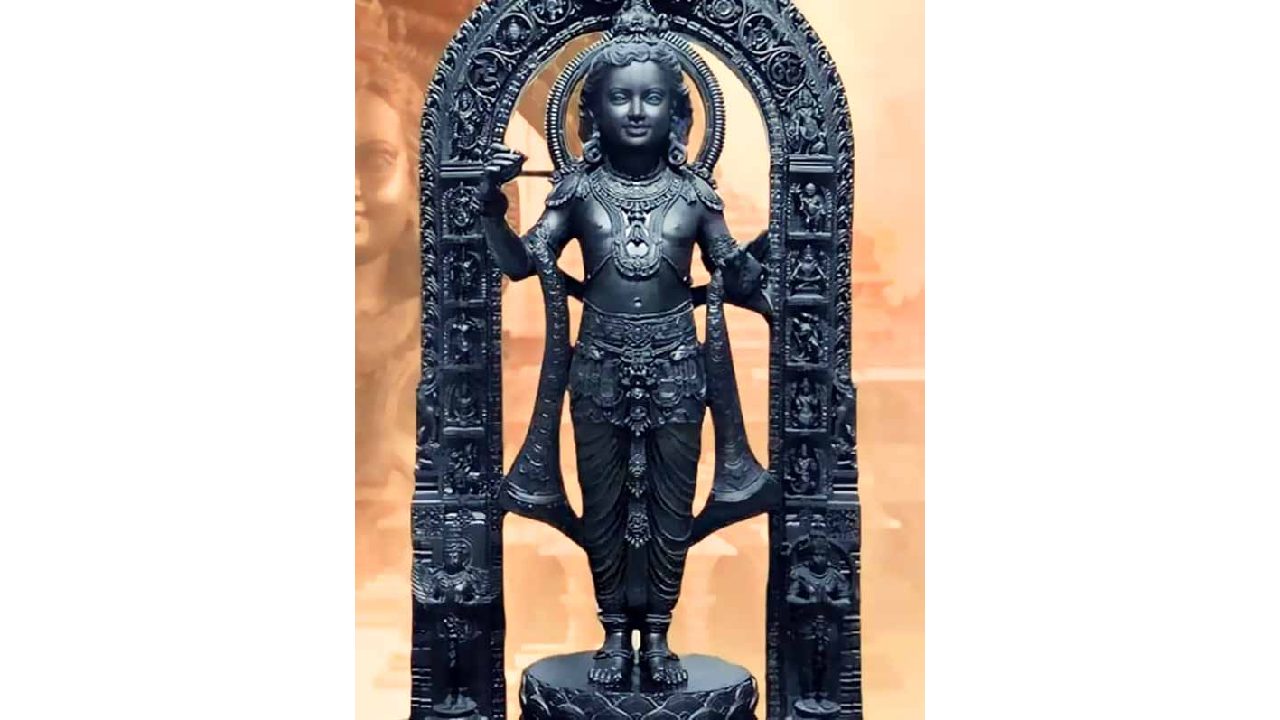
The Ram Lalla Murti represents the divine infant Rama and is a symbol of faith, devotion, and unity as we navigate the complexities of the modern world. Ram Lalla, just like my 21-year-old, is the Benjamin Button of Hindu values. The values whose origins are rooted in history and are old as time. It is now more than ever that we need to draw inspiration from these time-tested teachings that are woven into the cultural fabric of India. To nurture and nourish these values, for a society that matures and grows—founded in love, compassion, and mutual respect.

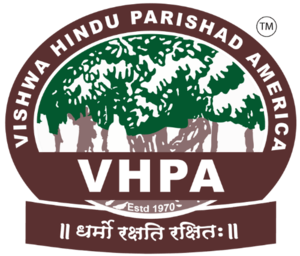
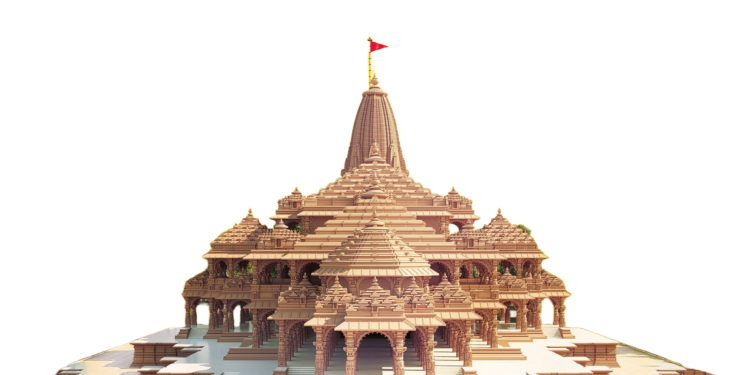
![[ Nbc News ] Barbie debuts its first ‘Diwali doll’ ahead of the Hindu festival of lights](https://hinduvishwa.org/wp-content/uploads/2024/10/241003-diwali-barbie-vl-404p-55c7df-75x75.webp)
![[ India Today ] Ohio senator JD Vance thanks wife, a Hindu, for helping him find Christian faith](https://hinduvishwa.org/wp-content/uploads/2024/06/us-senator-jd-vance-reveals-how-his-hindu-wife-usha-helped-him-find-his-christian-faith-image-re-272530504-16x9_0-120x86.webp)










